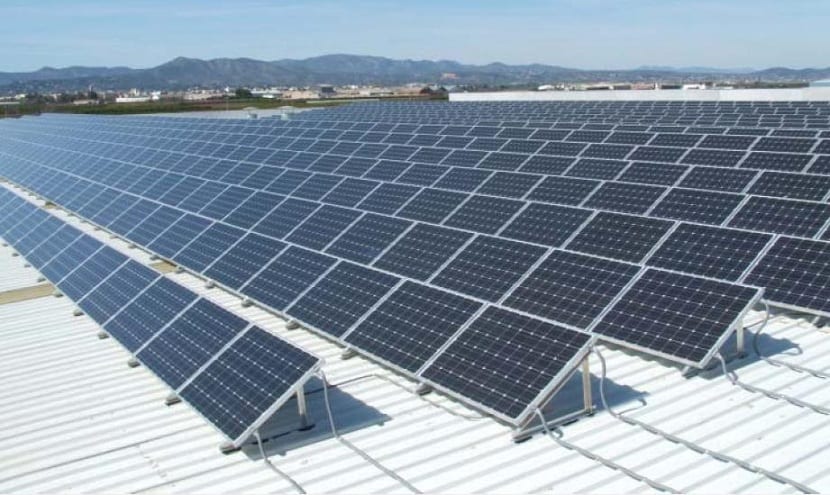
The Australian Government announced that premiums to the renewable energy sector will be deleted, as part of an energy plan that aims to reduce rates and guarantee the «economic» supply of companies and individuals.
Instead of the current aid, it will initiate a plan called "National Energy Guarantee" to encourage distributors in the sector buy base load power, in addition to using a greater amount of non-polluting energy each year.
The measure, which is based on the recommendations of the Energy Safety Board, will provide "more affordable and reliable electricity, while allowing us to comply with our international obligations«, Assured the Minister of Energy, John Frydenberg and the Prime Minister, Malcolm Turnbull.
According to the opposition, it is an assignment «very clear»Before the most conservative sectors of the governing coalition, it will eliminate the premiums for renewable energies as of 2020, considering that this sector will be able to compete in a free market.

According to the government: «It is a credible policy, a pro-market that results in electricity rates cheaper. It means that there will be no subsidies, no taxes or exchange systems.
The decision involves acceding to the recommendations given four months ago by the Australian Government's chief scientist, Alan Finkel, to make a transition orderly towards the use of renewable energies so that by 2030 they would supply more than 42 percent of energy consumption.
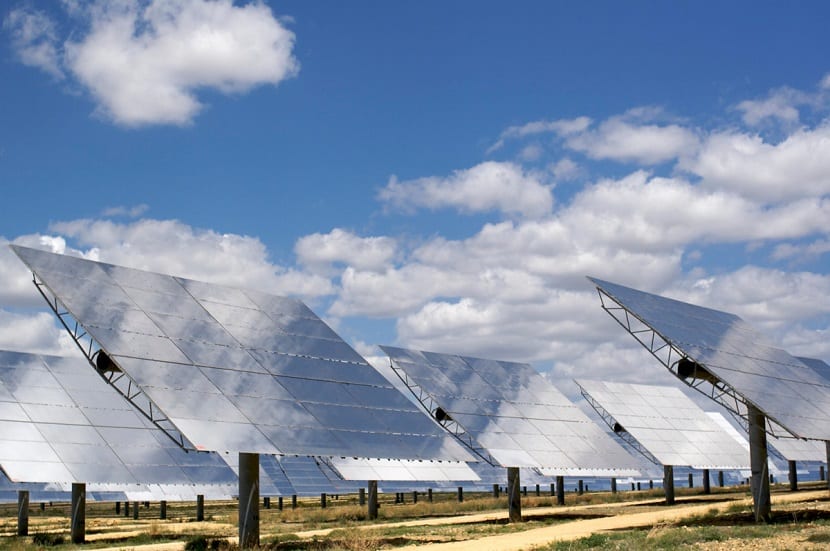
According to statements by analysts to different television channels, the government plan it assumes that renewables will represent less than 40 percent for that year.
The government of the conservative coalition, which includes advocates of the coal industry and skeptics of climate change, ensures that households will save annually up to AU $ 115 (US $ 90,22 or € 76,50) between 2020 and 2030.
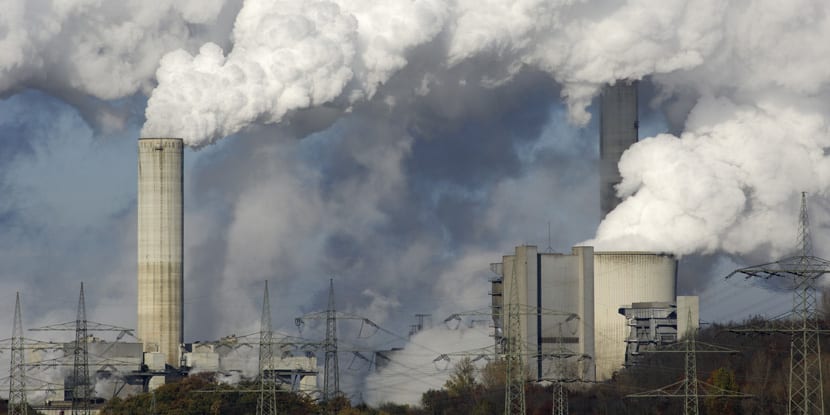
Like Spain, the price of electricity has increased by more than 60 percent over the last 10 years in Australia
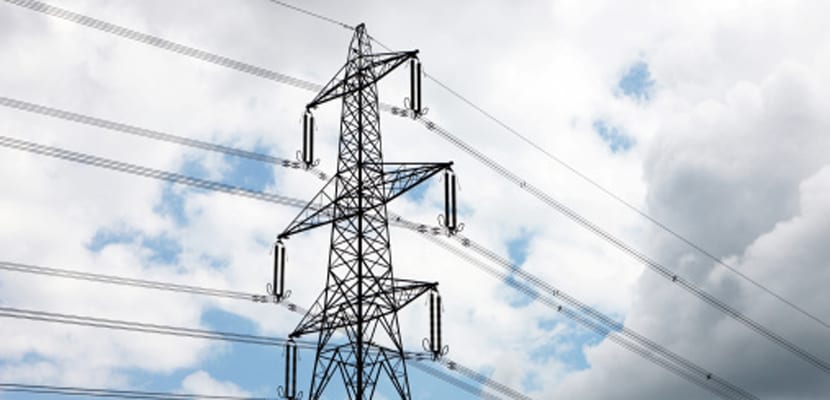
The leader of the Labor Party, Bill Shorten, blamed Turnbull for giving in to the demands of former Prime Minister Tony Abbott, who positions himself as skeptical in the face of climate change.
Labor spokesman on renewable energy, Mark Butler assures that the Government's plan “will destroy renewable energy and thousands of jobs in this industry. He also added that his party wants clean energy to represent 50 percent of energy consumption by 2030.
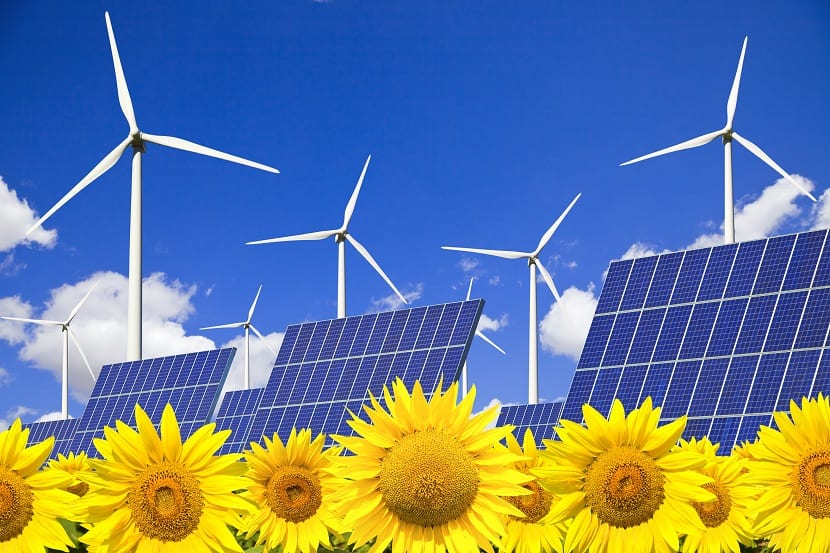
For his part, the number one of the Green Party, Richard di Natale, considered that the announcement will prevent Australia from meeting the objectives raised in the Paris Agreement.
Although, Australia announced two years ago that its goal was to cut greenhouse gas emissions by 2030 between a 26 and 28 percent below 2005 levels.
Unfortunately, today, more than 85 percent of the energy consumed in Australia comes from fossil fuels, mainly from coal. Most scientists believe it should be reduced to help mitigate the effects of climate change.

Luckily, the substantial improvement in the efficiency of renewables will help private investors to invest in them, the best example being the Port Augusta solar thermal plant.
The largest solar thermal plant in the world will be built in Australia

The Australian government approved the construction of the largest solar thermal plant in the world. This will have a power of 150 megawatts and will be built in Port Augusta, in South Australia.
The plant will cost 650 million Australian dollars (510 million US dollars), It will generate around 650 construction jobs for local workers, according to developers, and aims to cover all electricity needs for the state government. Work will begin next year and is scheduled to be completed in 2020.
SolarReserve, based in California, is the company in charge of the construction. The American company is also behind the 110-megawatt Crescent Dunes CSP plant in Nevada.
Thermal plant
Solar photovoltaic plants convert sunlight directly into electricity, so they need batteries to store excess energy when the Sun is not shining; solar thermal plants, for their part, use mirrors to concentrate sunlight on a heating system.

According to various experts, such as the professor of the Australian National University, Matthew Stocks: "One of the great challenges of thermal energy as a storage tool is that it can only store heat".
"Thermal is a substantially cheaper way to store energy than using batteries"adds professor of sustainable energy engineering Wasim Saman, from the University of South Australia.